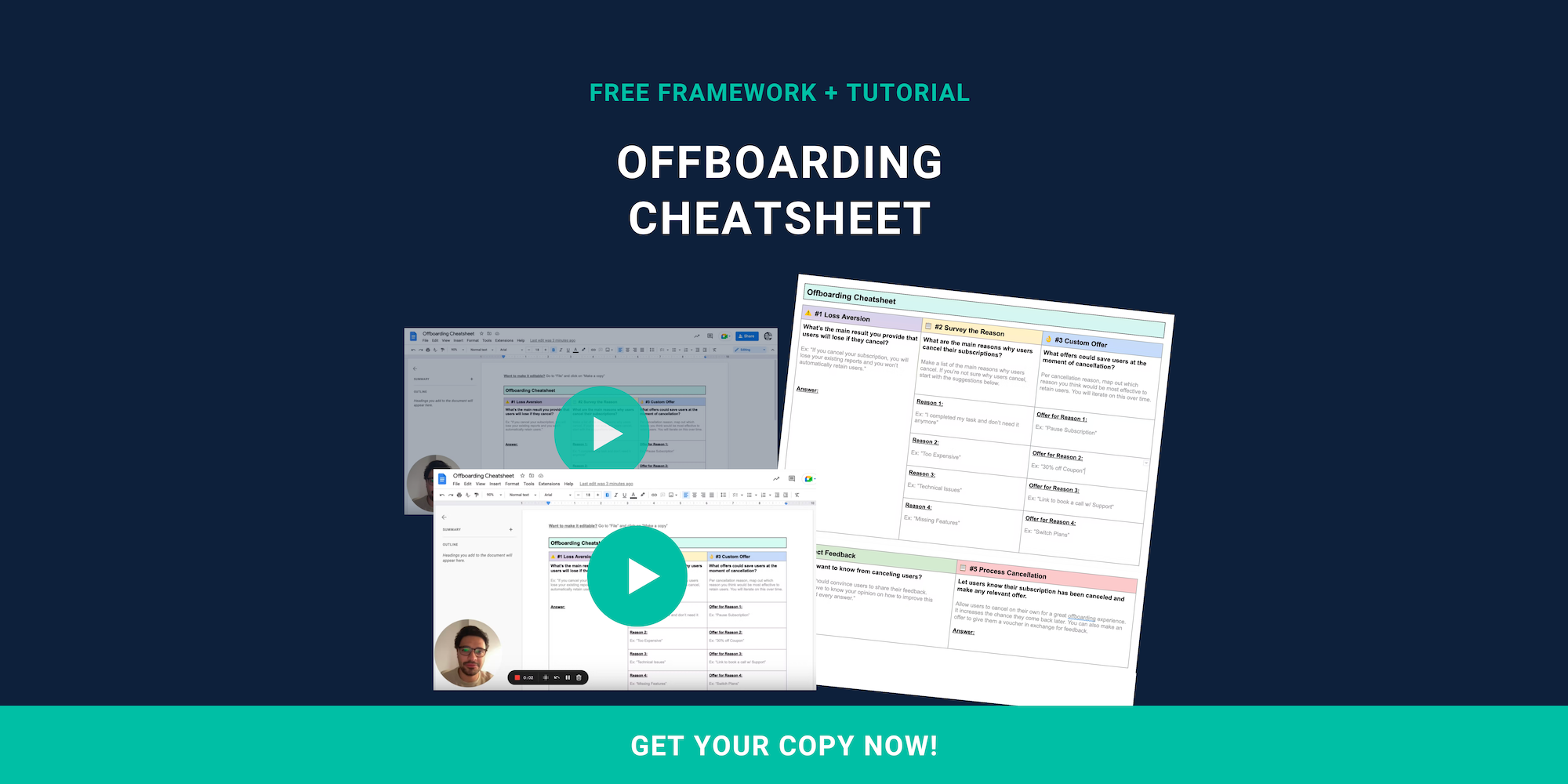What SaaS metrics are you tracking in 2025? If you want to clearly identify weaknesses in your SaaS business, you must effectively monitor a full range of metrics. This will provide you with the necessary data to make informed decisions that can alter the trajectory of your business. With the right metrics at your disposal, the knowledge you obtain will become very useful.
The median annual churn rate of SaaS businesses generating less than $10 million annually is 20%. Meanwhile, SaaS businesses with contracts lasting 2 years and more are often more likely to report lower churn. The very best SaaS companies have less churn and more revenue which enables them to accelerate and grow at a faster pace.
In this guide, we are going to be breaking down the key SaaS metrics for 2025. There has never been a better time to look at your business objectively through the lens of various metrics. It is often easy to hide behind vanity metrics that fail to provide a complete picture of how your SaaS is actually performing. This can result in fatal flaws in your model being ignored.
We will be answering the following questions:
- What are key metrics for SaaS companies?
- Why are these key SaaS metrics important?
- How do you measure SaaS growth rate?
- What the best SaaS sales metrics?
After reading this guide, if you have any further questions about the use of certain key metrics, please do not hesitate to contact us. At Raaft, we are committed to supporting SaaS businesses in their efforts to reduce churn and facilitate growth. Navigating the challenges of SaaS growth can be daunting. With the right support, customer activation and retention can be boosted.
What are key metrics for SaaS companies?
Without wasting any time, let’s dive straight into some of the key metrics for SaaS companies. We want to cover the key SaaS metrics you simply cannot afford to ignore. These can provide you with crucial insights into your business and help you to see growth from different angles. If your SaaS business is lacking direction, you should start by considering these metrics.
Monthly Recurring Revenue (MRR)
With many SaaS companies being subscription-based, the recurring element of this business model can make monthly revenue predictable. This is something that many other businesses struggle to achieve. The amount of predictable revenue generated by a SaaS business can be calculated using this Monthly Recurring Revenue formula:
January 2025: $1,000 (Customer A) + $1,000 (Customer B) = $2,000 MRR
Annualized Run Rate (ARR)
Annualized Run Rate is the recurring revenue generated by your SaaS business over the course of a single year. While some SaaS companies offer monthly subscriptions, others offer yearly contracts. With this in mind, Annualized Run Rate might be a more appropriate metric for SaaS companies operating primarily around yearly contracts with customers.
ARR = MRR x 12
Customer Churn
The yearly churn rate for SaaS companies serving large organizations can vary from 6-10%. Meanwhile, the yearly churn rate for SaaS companies targeting SMBs is 58%. While opinions may vary, we believe an acceptable churn rate lies between 5% and 7%. Customer churn can be calculated by measuring the rate at which existing customers cancel their subscriptions.
CCR = Number Of Customer Churned In Period / Total Customers At Start Of Period
Net MRR Growth Rate
If you want to measure the improvement of your revenue generation over time, you should consider using the Net MRR Growth Rate formula. SaaS businesses with a steady growth rate are likely to be on the path towards exponential growth. Net MRR Growth Rate accounts for both expansions and contractions in your business to offer an accurate picture of growth.
Net MRR Growth Rate = ((Net MRR of Current Month - Net MRR of Last Month) / Net MRR of Last Month) x 100
Average Revenue Per User (ARPU)
Average Revenue Per User (ARPU), sometimes known as the Average Revenue Per Unit, is a measurement often used by SaaS companies, clearly defined as the total revenue divided by the number of subscribers.
ARPU = (Total Revenue / Average Subscribers)
Lifetime Value (LTV)
Lifetime Value calculates how much you can expect to earn from each customer (or user) in total. This can also be known as Customer Lifetime Value (CLTV).
LTV = (Average Revenue Per User x Average Length Of Relationship)
SaaS Quick Ratio
The SaaS Quick Ratio is perfect for comparing revenue growth over a particular time period. This ratio is essentially growth-to-churn and can provide you with a clear idea of how healthy your revenue growth is. The SaaS Quick Ratio enables business owners to consider the health of their SaaS businesses and consider the sustainability of their growth.
SaaS Quick Ratio = (New MRR + Expansion MRR) / (Churned MRR + Contraction MRR)
The fastest-growing SaaS companies have an average Quick Ratio of 4 to 1.
Why are these key SaaS metrics important?
By taking these key SaaS metrics into consideration, you are objectively looking at different aspects of business growth. There is no better time than the present to start measuring the growth and churn rates of your SaaS business. It all comes down to identifying problems before they appear and putting the necessary measures in place to prevent them.
What the best SaaS sales metrics?
The best SaaS sales metrics provide you with crucial insights into the growth of your business. You cannot rely on a single metric to tell you everything you could possibly need to know about your SaaS business. This is why you should use a broad range of metrics to receive a well-rounded picture. We recommend using the following key SaaS metrics for your business:
- Monthly Recurring Revenue (MRR)
- Annualized Run Rate (ARR)
- Customer Churn
- Net MRR Growth Rate
- SaaS Quick Ratio
- Lifetime Value (LTV)
- Average Revenue Per User (ARPU)
At Raaft, we have been working with a range of SaaS companies to help reduce their churn. These companies have achieved this through the use of Raaft - enabling teams to collect feedback and save customers with retention flows. Our intuitive tool can help your team to identify retention opportunities and unlock valuable cancellation insights.
Ready to reduce your SaaS churn and drive customer retention? Try Raaft for free today.

Offboarding Cheatsheet
This framework + video tutorial will help you design a better cancellation process.
Some of our featured articles

Miguel Marques

Adam Crookes

Adam Crookes
Customer Success insights in your inbox
Helping Founders and Customer Success Managers handle customer retention effectively.
We will only ever send you relevant content. Unsubscribe anytime.


